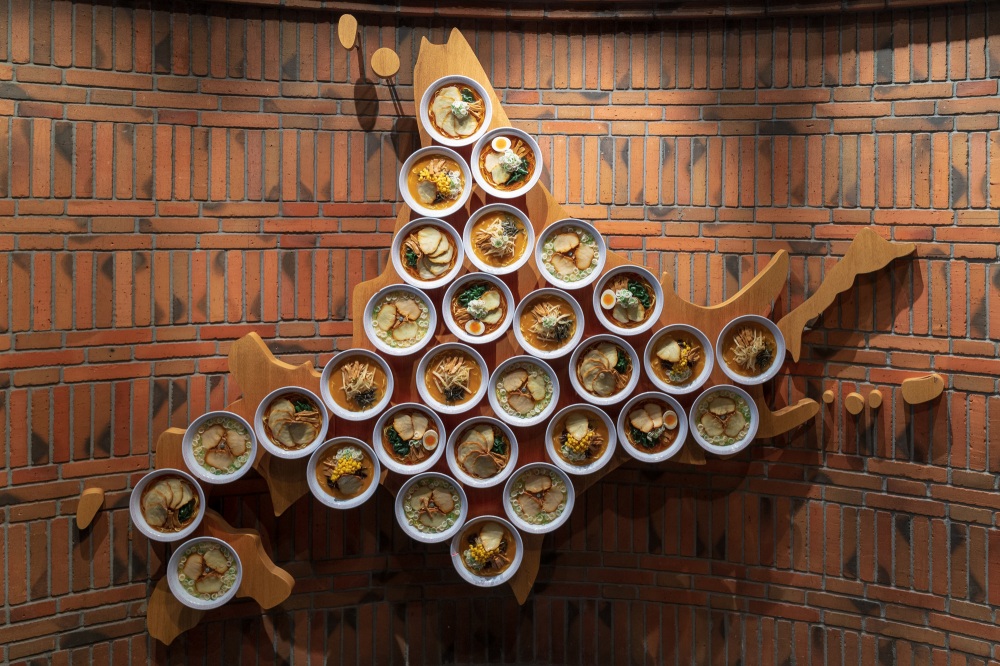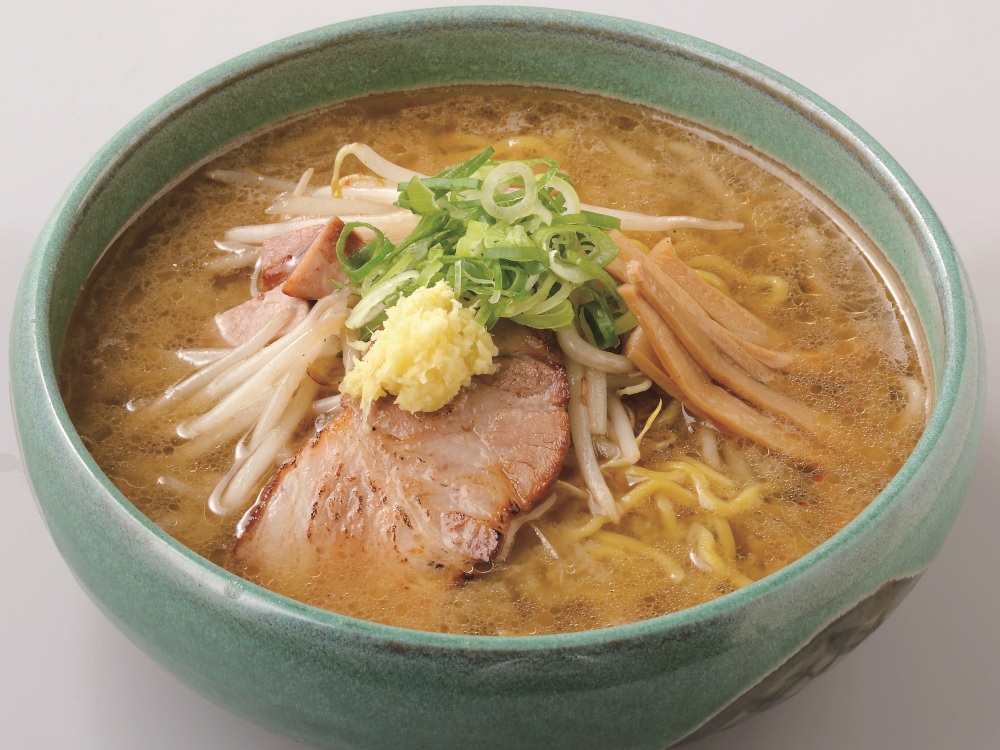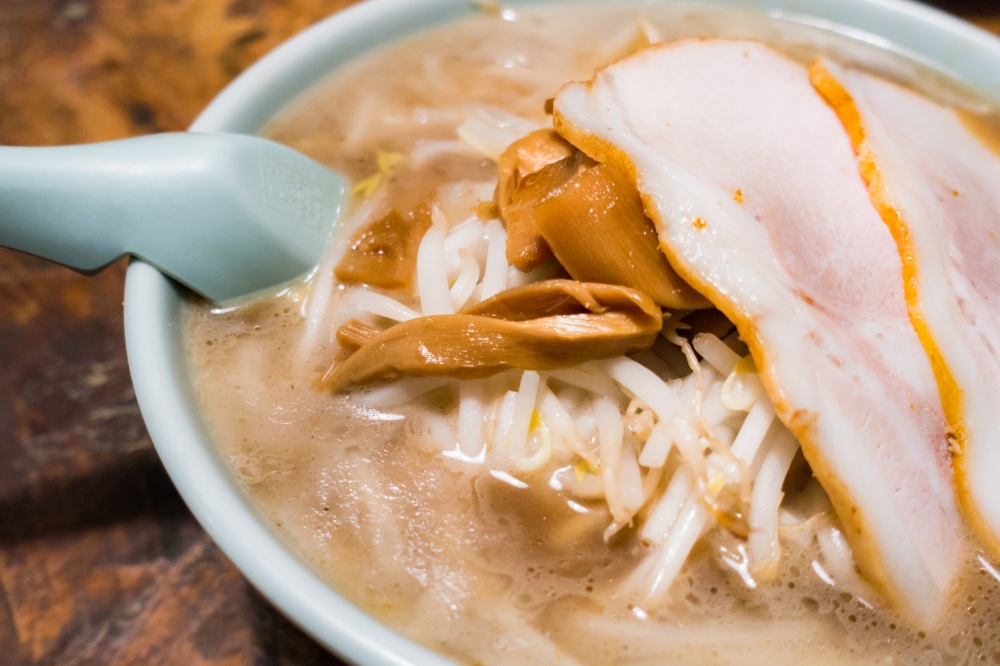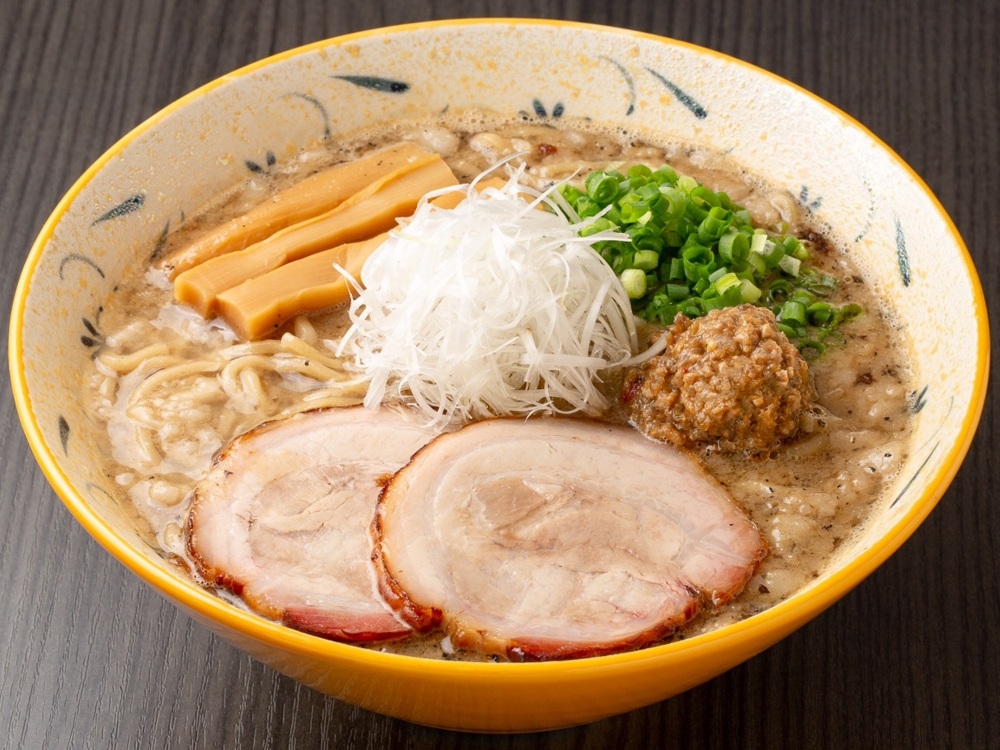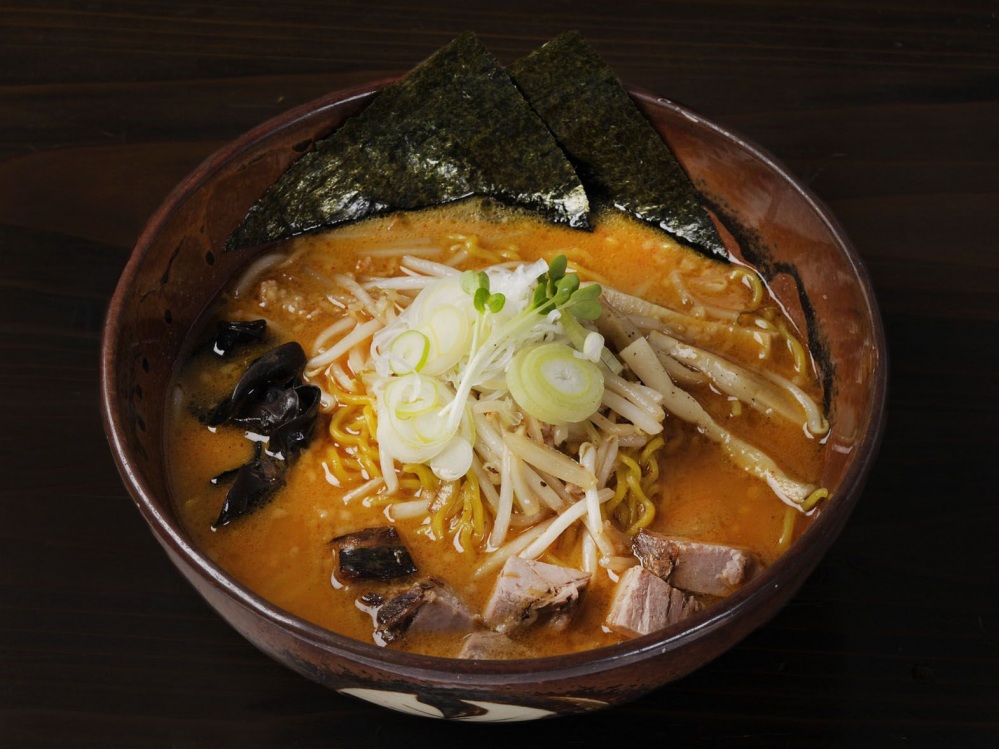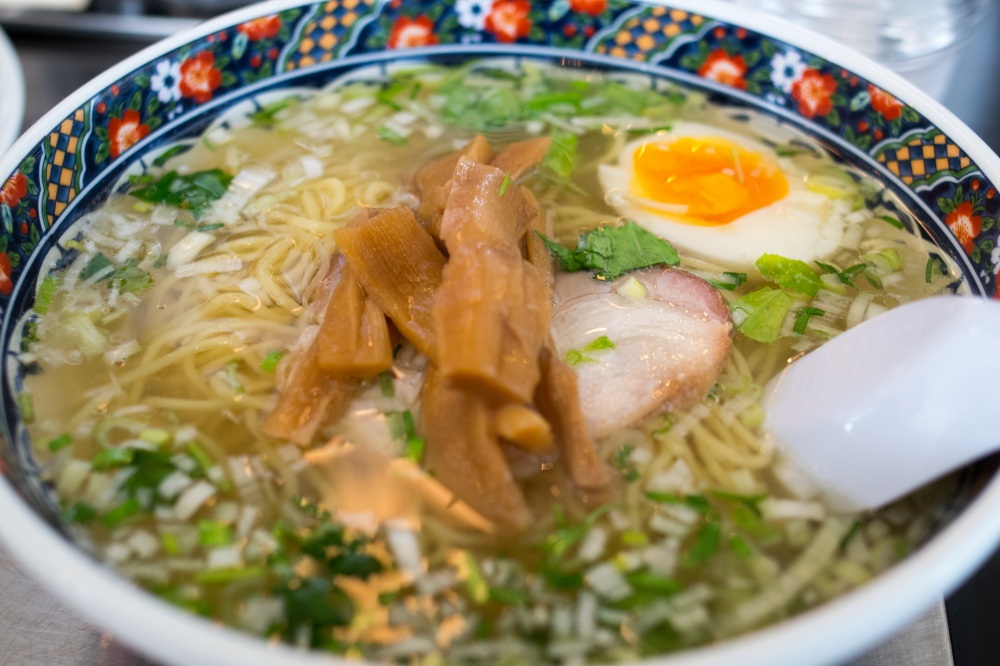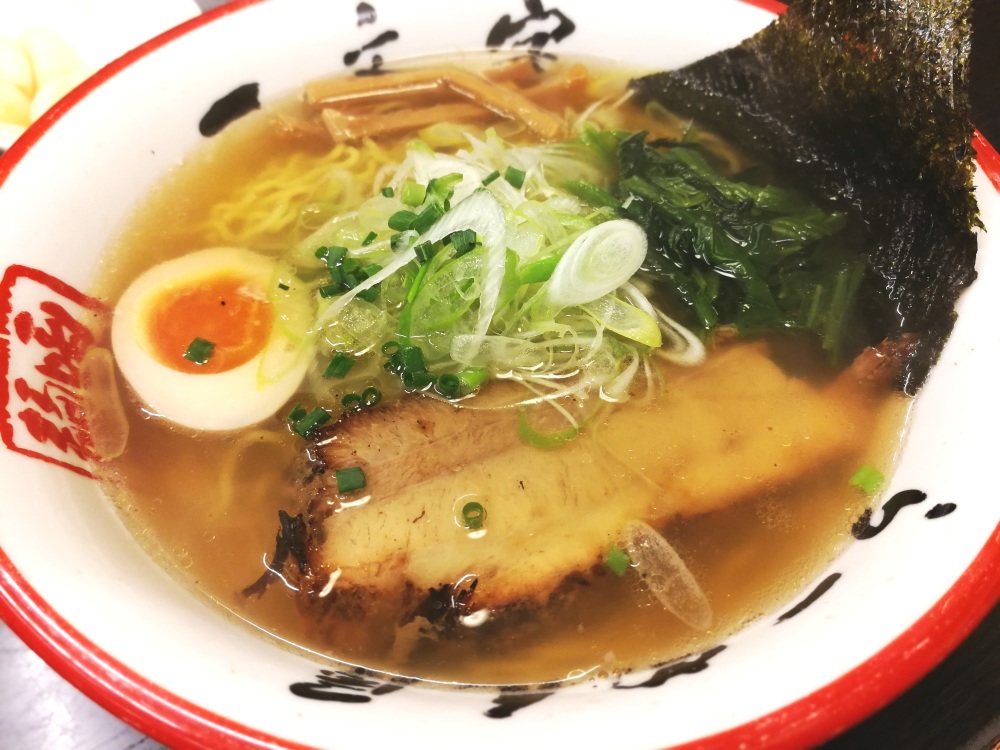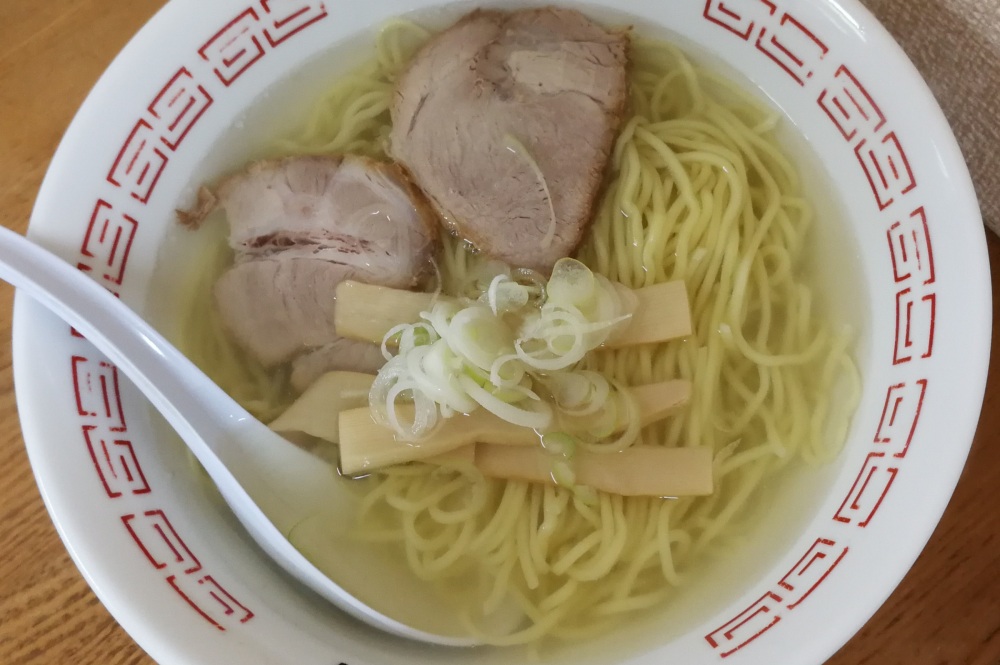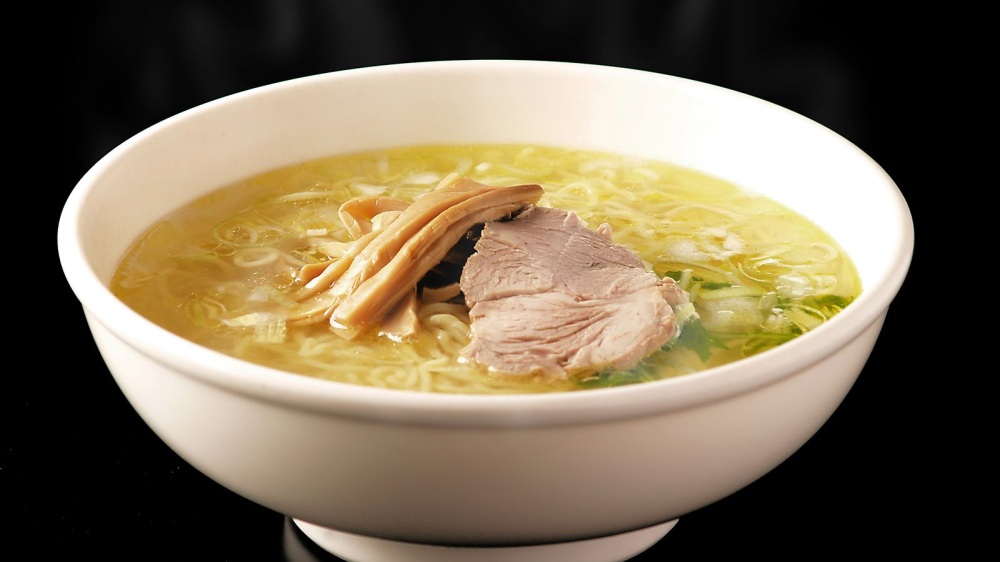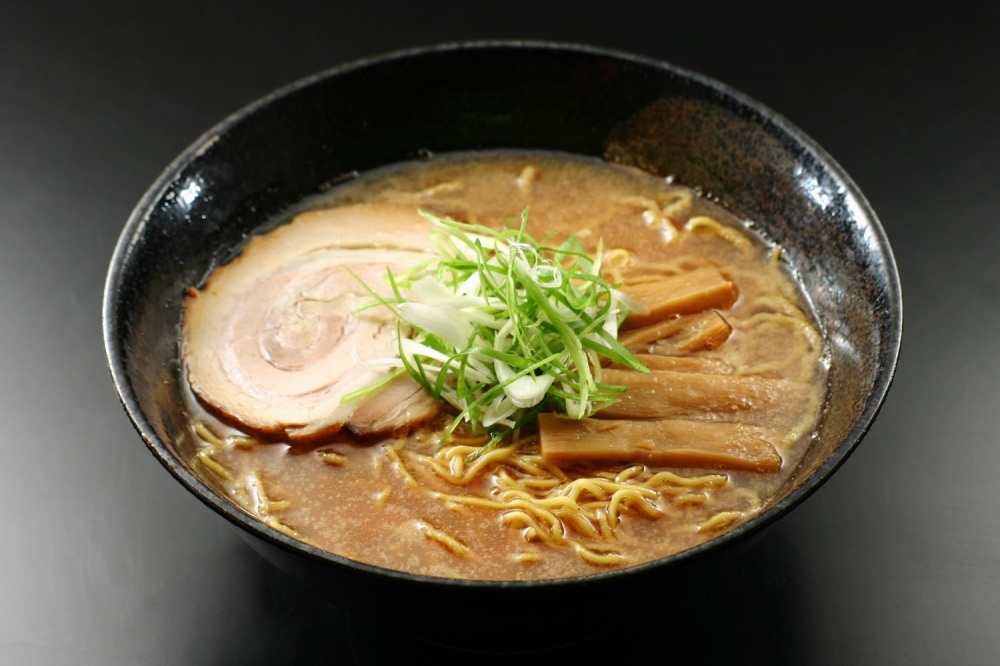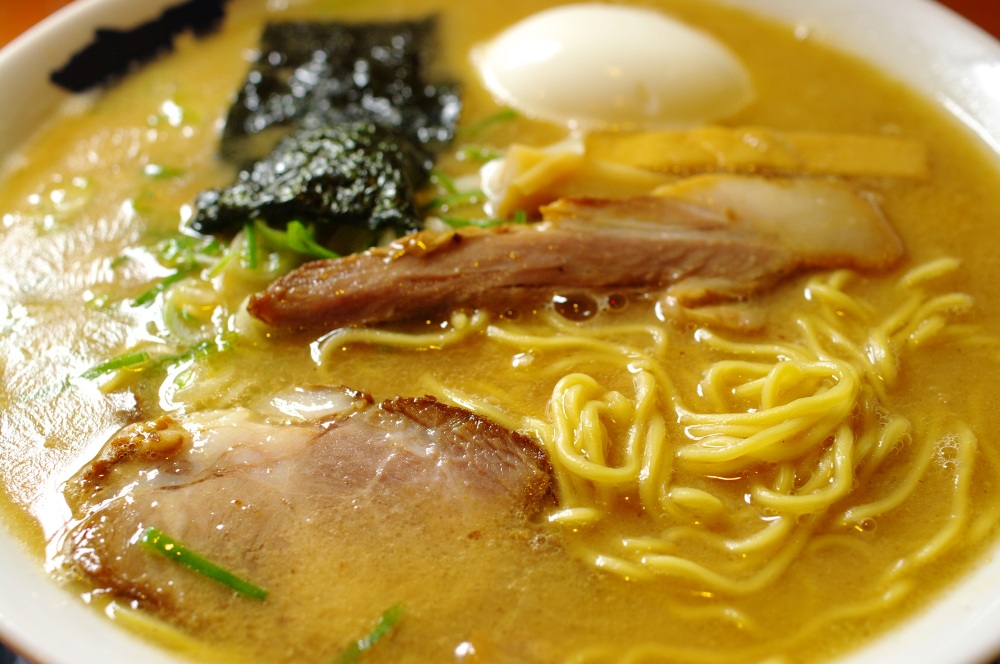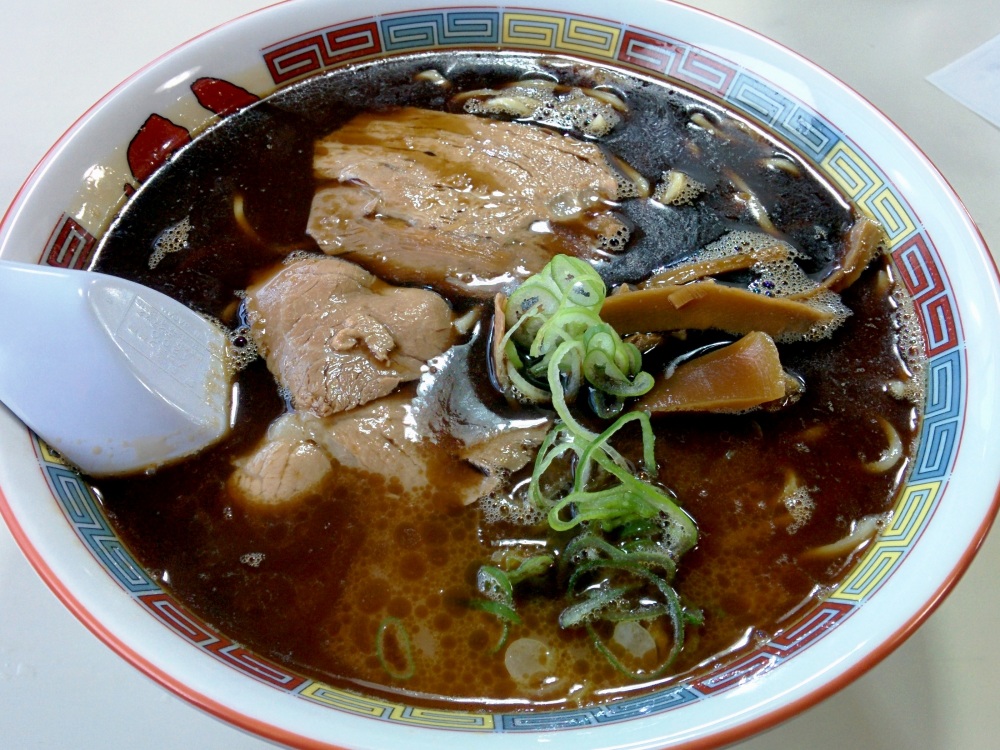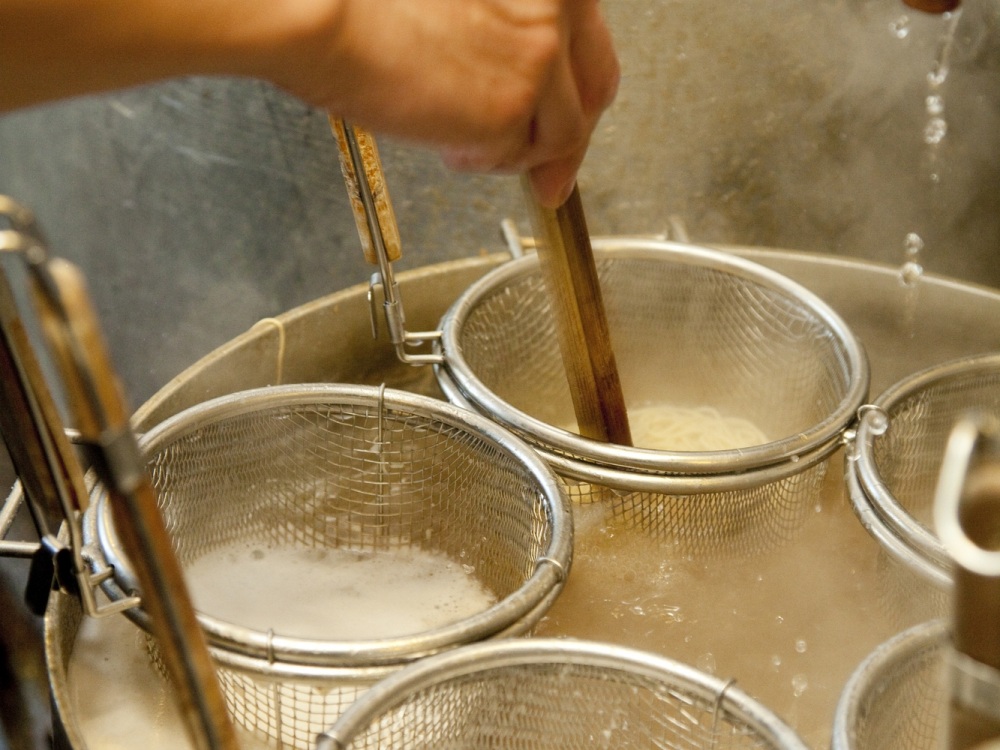Hokkaido is home to a variety of great restaurants! What you need to know about Hokkaido Ramen
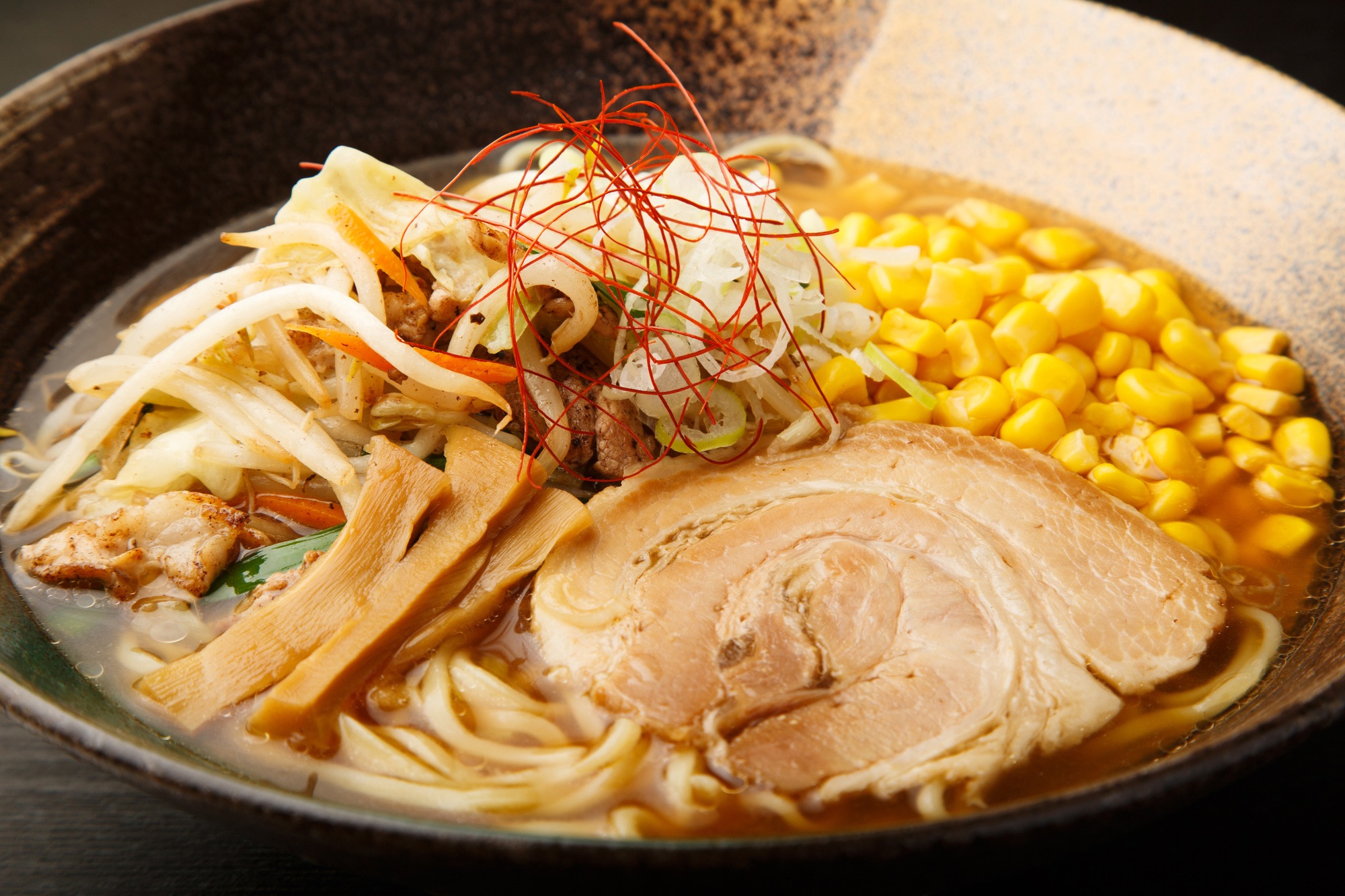
Hokkaido is a treasure trove of gastronomic delights. Among the many “tasty foods” in Hokkaido, ramen is the one that you will find yourself craving during your trip.
In the northern land of Hokkaido, each region has its own unique ramen. We invite you to visit a ramen restaurant that has honed its skills through friendly competition in the fierce competition for the best ramen.
- * Please note that the text shown on this page includes machine translations.
"Hokkaido's Ramen" is registered as a Hokkaido Heritage Site.
Ramen is ubiquitous throughout Japan, but there are few places in the world where you can enjoy as many different types of ramen as in Hokkaido. Hokkaido's ramen is so much a part of the daily life of Hokkaido residents that it has been registered as a Hokkaido Heritage Site.
Most ramen stores offer three flavors of ramen: miso, shio (salt), and shoyu (soy sauce), a trend that is rare in Japan. Hokkaido is a flourishing wheat-producing region with many noodle mills, and the noodle shop owner can enjoy tasting the differences between the noodles made at different mills. In Hokkaido, it is customary for noodle makers to present a curtain with their company name on it when a ramen store opens, so check the curtain at the front of the store.
In addition to specialty stores, you should also check out restaurants such as diners and soba noodle stores where ramen is a popular menu item! You can enjoy ramen with a regional flavor that is different from that of specialty stores. It is fun to travel around the large island of Hokkaido in search of your favorite bowl of ramen.
Is ramen with “fu” a sign of soup pride?
In Hokkaido and parts of the Tohoku region, fu is sometimes used as an ingredient in ramen. When you eat the fu that has become squishy from absorbing the soup, the flavorful broth fills your mouth with a delicious sensation. If a restaurant has fu in its ramen, it may have confidence in its soup. ...... When eating ramen, pay attention to the ingredients as well.
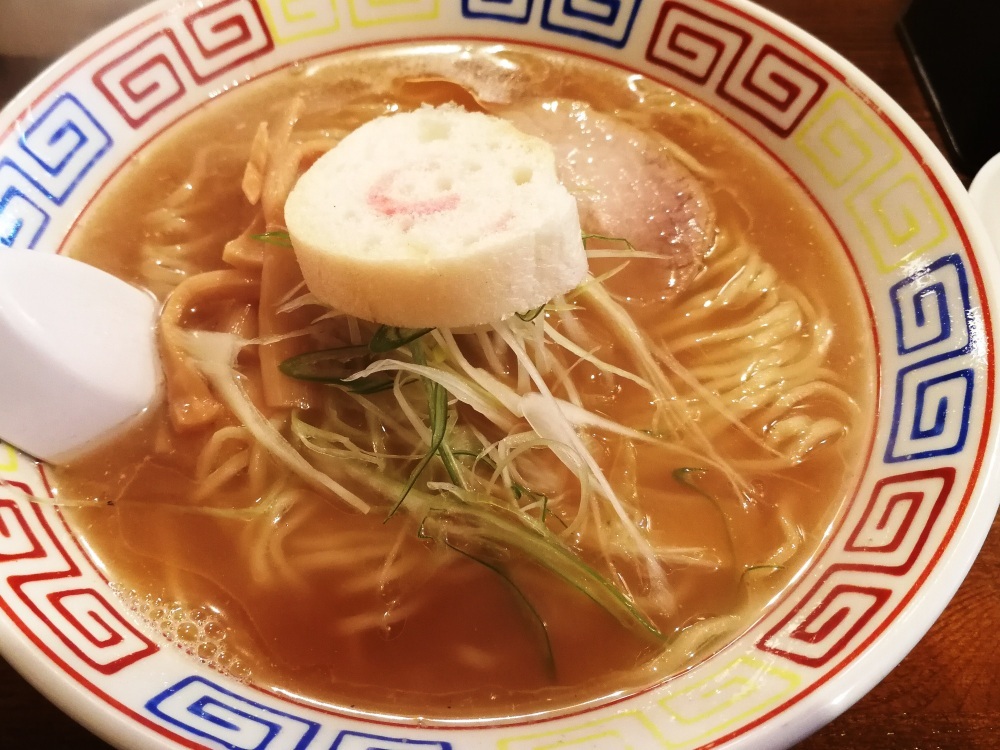
Sapporo Miso Ramen, the most well-known ramen
Sapporo miso ramen is one of the most well-known Hokkaido ramen in Japan. Today's mainstream ramen is made with firm, medium-thick, wavy noodles, a thick broth made from pork or chicken bones, and topped with more nutritious stir-fried vegetables......, but such Sapporo ramen has its roots in salt-flavored Chinese soba noodles. Takeya Shokudo, a Chinese restaurant established in the Taisho era (1912-1926), is said to be the originator of Sapporo ramen. Later, miso-flavored ramen developed by “Aji no Sanpei” became a nationwide boom and became the foundation of Sapporo miso ramen.
The “Miso Butter Corn Ramen” popular among tourists is an exquisite dish in which the sweetness of the corn melds with the mild soup mellowed by the butter. If you order miso ramen, skip the butter and corn, which is the key to pretending to be a ramen connoisseur in Sapporo.
Hakodate shio (salt) ramen, Hakodate's soul food
Hakodate salt ramen is so beloved by Hakodate residents that if you simply order “ramen” at a ramen restaurant in Hakodate, you will be served salt ramen. ...... Hakodate Shio Ramen is so beloved by Hakodate residents that they say, “If you just order ‘ramen’ at a ramen restaurant in Hakodate, you will get ‘shio ramen’. The soup is refreshing yet has a deep flavor, and many people end up drinking the entire bowl.
Such Hakodate salt ramen has one of the longest histories in Japan: a newspaper advertisement from 1884 mentions "Nankin-soba". Perhaps the oldest ramen in Japan was eaten in Hakodate.
You can also enjoy side dishes!
In Hokkaido, fried chicken is called “zangi,” and Hakodate has a dish called "zariji". It is zangi-style tempura of pork, and the cooking method of marinating and seasoning the meat in sauce is the same as zangi. In the past, zariji was often found on the side menu of Chinese restaurants and ramen stores, but unfortunately, the number of restaurants offering this dish has decreased. If you find it, please order it.
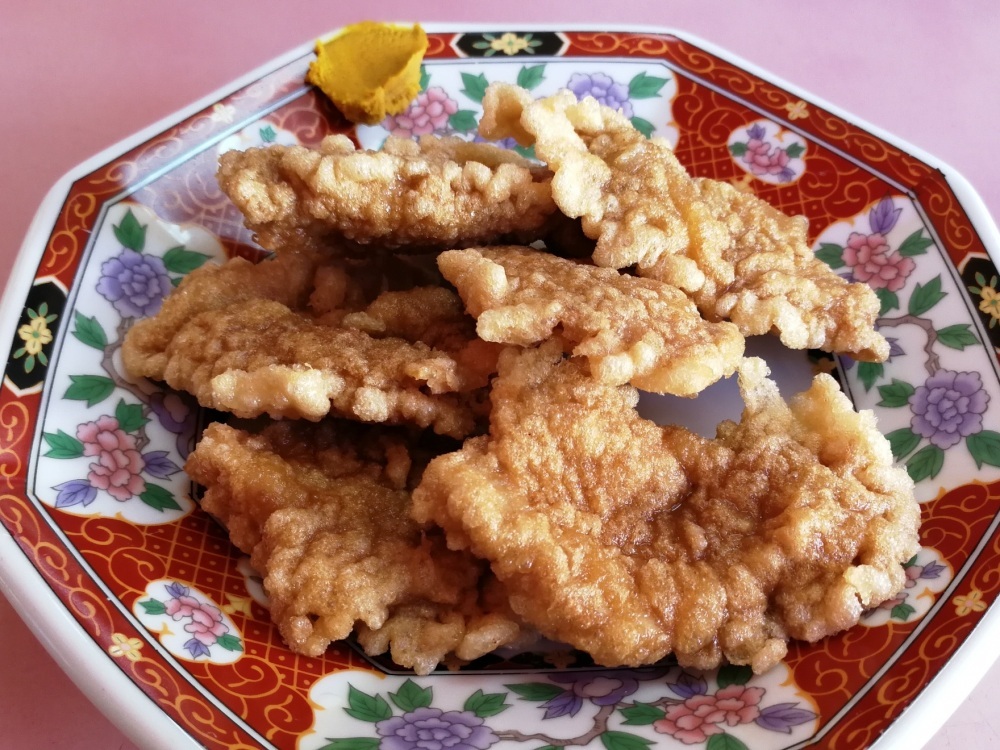
Asahikawa soy sauce ramen that reflects the ingenuity of a cold region
Asahikawa Shoyu Ramen is one of the three major types of ramen in Hokkaido, along with Sapporo Shoyu and Hakodate Shio. The standard soup is a combination of pork and seafood. In the past, when Asahikawa was a prosperous pig farming area, pork bones were used, but it is said that dried sardines and kelp were added to remove the smell of the pork bones and add flavor.
In Asahikawa, it is customary to cover the surface of the soup with hot lard to keep it from getting cold. This is unique to Asahikawa, where temperatures drop below freezing in the winter. The ingredients are simple and basic: green onions, bamboo shoots, and chashu pork. Asahikawa ramen uses low-moisture, medium-thick noodles. The noodles are easily stretched and absorb the soup as soon as they are boiled, making it easy for the noodles to become entangled in the soup.
There are many types of local ramen!
In addition to the three major types of ramen in Hokkaido, there are many other local ramen in the large island of Hokkaido. Some are made with local specialties, others have been adapted to the local climate, and many of them can only be found in that particular region. We hope you will take the time to taste the ramen of the north, which is well worth the trip!
- Kushiro Ramen (Kushiro City)
- Kushiro ramen is the most popular ramen following the three major ramen of Sapporo, Hakodate, and Asahikawa. It has a light soy sauce-based flavor that one does not get tired of eating, and the use of ultra-thin, curly noodles was introduced to serve it quickly to busy fishermen. Kushiro also has a custom of eating ramen in the morning as it is a port town and mornings are early. If you stay in Kushiro, why not enjoy “morning ramen”?
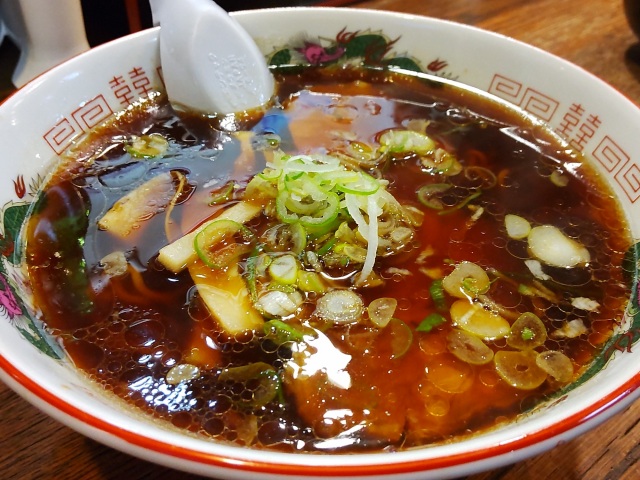
- View more
- Muroran Curry Ramen (Tomakomai City・Muroran City)
- Curry ramen is eaten mainly in Tomakomai and Muroran. The thick, firm noodles are lightly coated with a unique sweet and spicy curry broth, making it surprisingly light and comfortable to eat. Wakame seaweed is often served with chashu pork and vegetables. The flavor of the soup differs from restaurant to restaurant, so it is fun to walk around eating them.
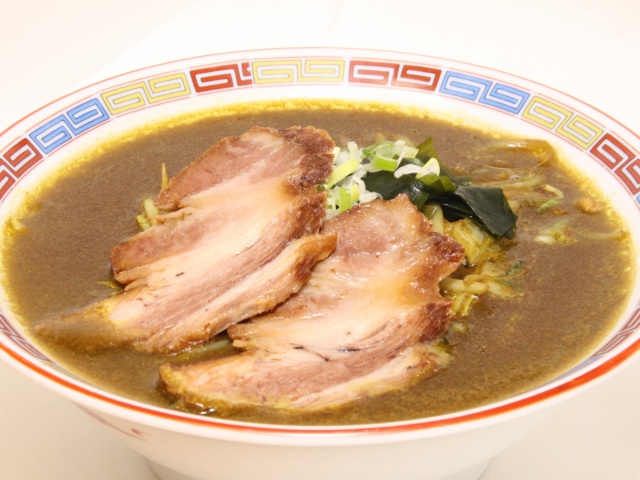
- Muroran Curry Ramen Society (Japanese)
- Rishiri Ramen (Rishiri Town)
- Rishiri Ramen is the kind of ramen that brings ramen lovers all the way to the northern island of Rishiri in Hokkaido. It may look plain, but the double broth, which is a blend of a strong Japanese soup with plenty of Rishiri kelp and animal broth, is so delicious that the sticky, medium-thick, wavy rice noodles will keep you coming back for more. Tororo konbu (kelp with grated yam) is recommended as an additional topping!
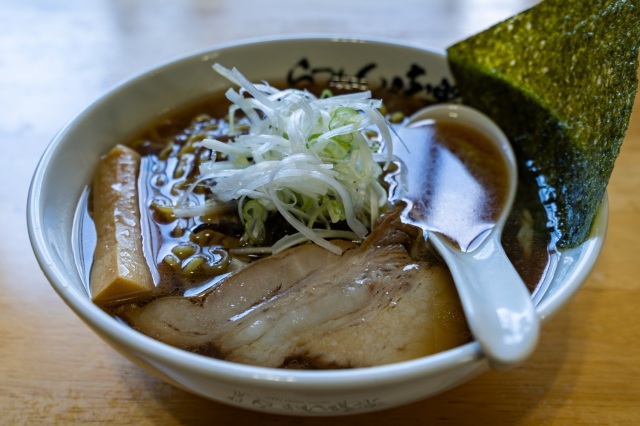
- Kamikawa Ramen (Kamikawa Town)
- Kamikawa Town has the title of “the best ramen town in Japan” because of its noodles and soup made with spring water from the foot of Daisetsuzan, fresh air, and lush greenery. The soup is similar to Asahikawa ramen, with the addition of lard and medium-thin noodles, but the broth is made from pork bones only. The simple taste of this gentle ramen will make you want to visit and try it again.
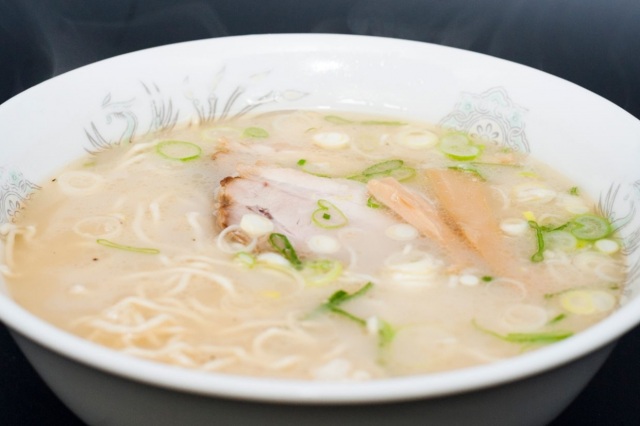
- Gatatan Ramen (Ashibetsu City)
- Gatatan is Ashibetsu's specialty Chinese soup, thickened with more than 10 ingredients including bamboo shoots, pork, and quail eggs. This local ramen was created by combining the noodles with this soup. The lightly salted soup is hot and warms the body.
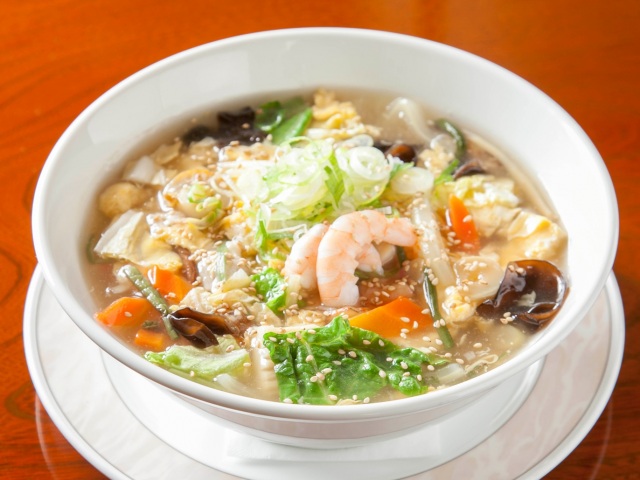
- Ashibetsu Tourist Association (Japanese)
- Noboribetsu "Hell" ramen (Noboribetsu City)
- Aji no Daioh Noboribetsu Onsen Branch, a ramen restaurant in Noboribetsu Onsen Town, is famous for its spicy “Jigoku Ramen,” inspired by the red devil of Jigokudani (Hell Valley). 1-chome and 2-chome can be added for extra spiciness, and if you finish 10-chome or more, your name will be posted on the wall in the restaurant. The “Enma Ramen” with ankake-style sauce, inspired by the image of Enma, is also popular.
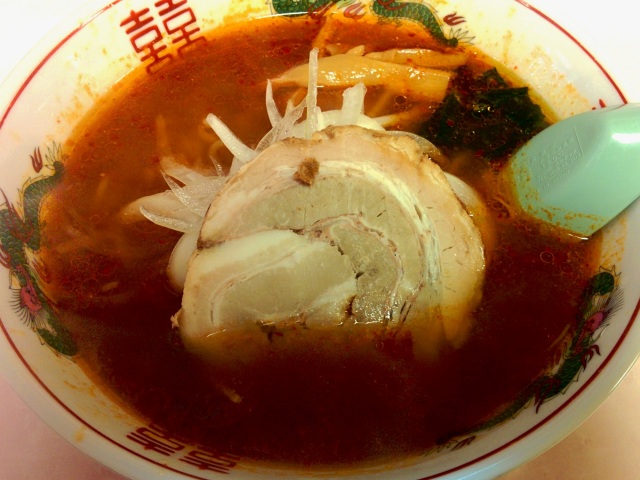
Find your favorite ramen in the ramen-only food court!
If you want to try a variety of ramen but don't have time to visit all the stores ......” or ‘I don't know which store is good ......,’ we recommend this spot where several ramen stores are combined in one place. I recommend this spot where several ramen shops are combined in one place. It is fun to go out with an empty stomach and compare ramen from famous restaurants!
- Ganso Ramen Yokocho Sapporo(Sapporo City)
- Ramen Yokocho is one of the most famous tourist attractions representing Sapporo's gourmet scene. Although it is located in the central area lined with buildings, once you step into the alley, you will be enveloped in an old-fashioned atmosphere as if you have stepped back in time to the Showa era (1926-1989). Famous stores line the street, so if you have trouble choosing a restaurant, head here first!
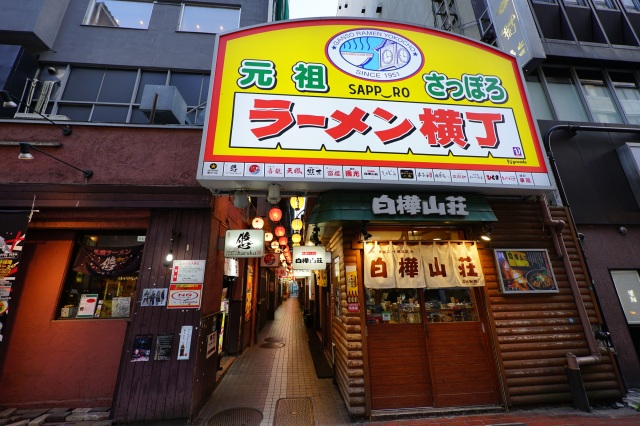
- Official site (Japanese)
- Hokkaido Ramen Dojo(Chitose City)
- New Chitose Airport is known as a gourmet airport. The “Ramen Dojo” located in one corner of the airport features a lineup of the best ramen stores from all over Hokkaido. It is perfect for those who missed out on ramen during their trip and also for those who want to try it again before leaving. Why don't you taste Hokkaido ramen again while waiting for your flight?
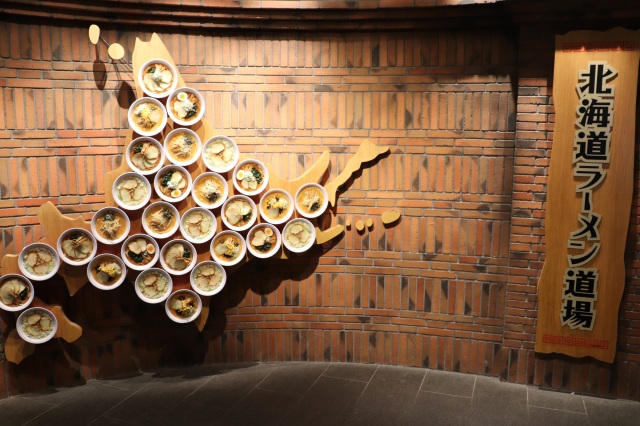
- Hokkaido Ramen Dojo
- Shin Ramen Yokocho(Sapporo City)
- Shin Ramen Yokocho is a row of about five ramen stores on the first floor of a small building next to the Usuino police box. Each unique store competes with the others in this corner of Susukino. It is a convenient spot for a quick snack after a night of drinking or when you want to warm up a bit.
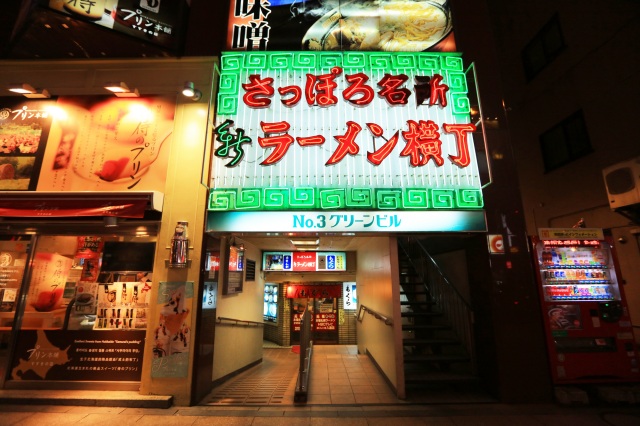
- Asahikawa Ramen Village(Asahikawa City)
- This is a popular spot where many of Asahikawa's famous restaurants gather. Located on the way to Asahiyama Zoo and Asahikawa Airport, it is conveniently accessible, making it easy to enjoy Asahikawa ramen in one place. The “Asahikawa Ramen Shrine” located in the facility is themed on “Noodle Matchmaking,” not on “marriage. May the relationship be as hot as the soup and last as long as the noodles!
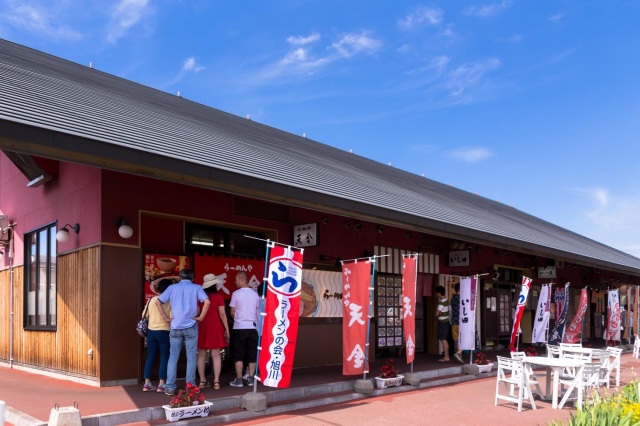
- Official site (Japanese)
Eat ramen and experience the history and culture of the region
In recent years, the number of ramen stores in Hokkaido has been increasing, and ramen that defies the stereotypes of “Sapporo = miso,” “Hakodate = shio,” and “Asahikawa = soy sauce” has emerged one after another. There are a wide variety of genres, such as shrimp soup, dried sardine soup, and “numbing” soup with a hint of sansho (a Japanese pepper). You will find a different ramen every time you visit.
In addition, each region of Hokkaido has ramen that is strongly influenced by the history and culture of the region. Visiting each area to try its unique ramen and experience a part of its history and culture is one of the best parts of a trip to Hokkaido.
Ranking of popular articles
- Hokkaido Summer Travel Guide
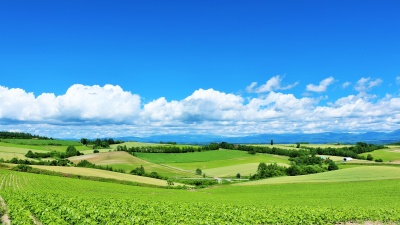
- https://www.visit-hokkaido.jp/en/feature/travelguide_summer
- Hokkaido Spring Travel Guide
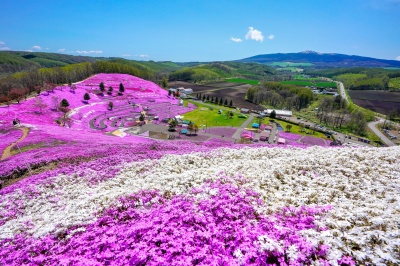
- https://www.visit-hokkaido.jp/en/feature/travelguide_spring
- Here are the recommended cherry blossom viewing spots!
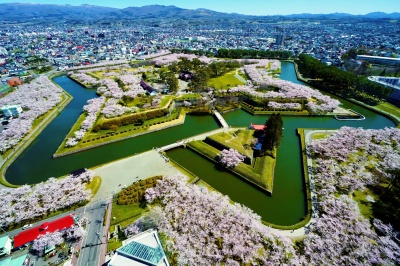
- https://www.visit-hokkaido.jp/en/feature/sakura
- When is the best time to see lavender? Recommended Lavender Spots in Hokkaido
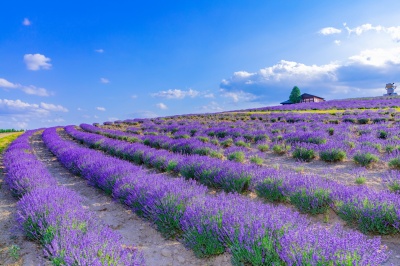
- https://www.visit-hokkaido.jp/en/feature/lavender
- 4 spots to observe red-crowned cranes

- https://www.visit-hokkaido.jp/en/feature/tancho
